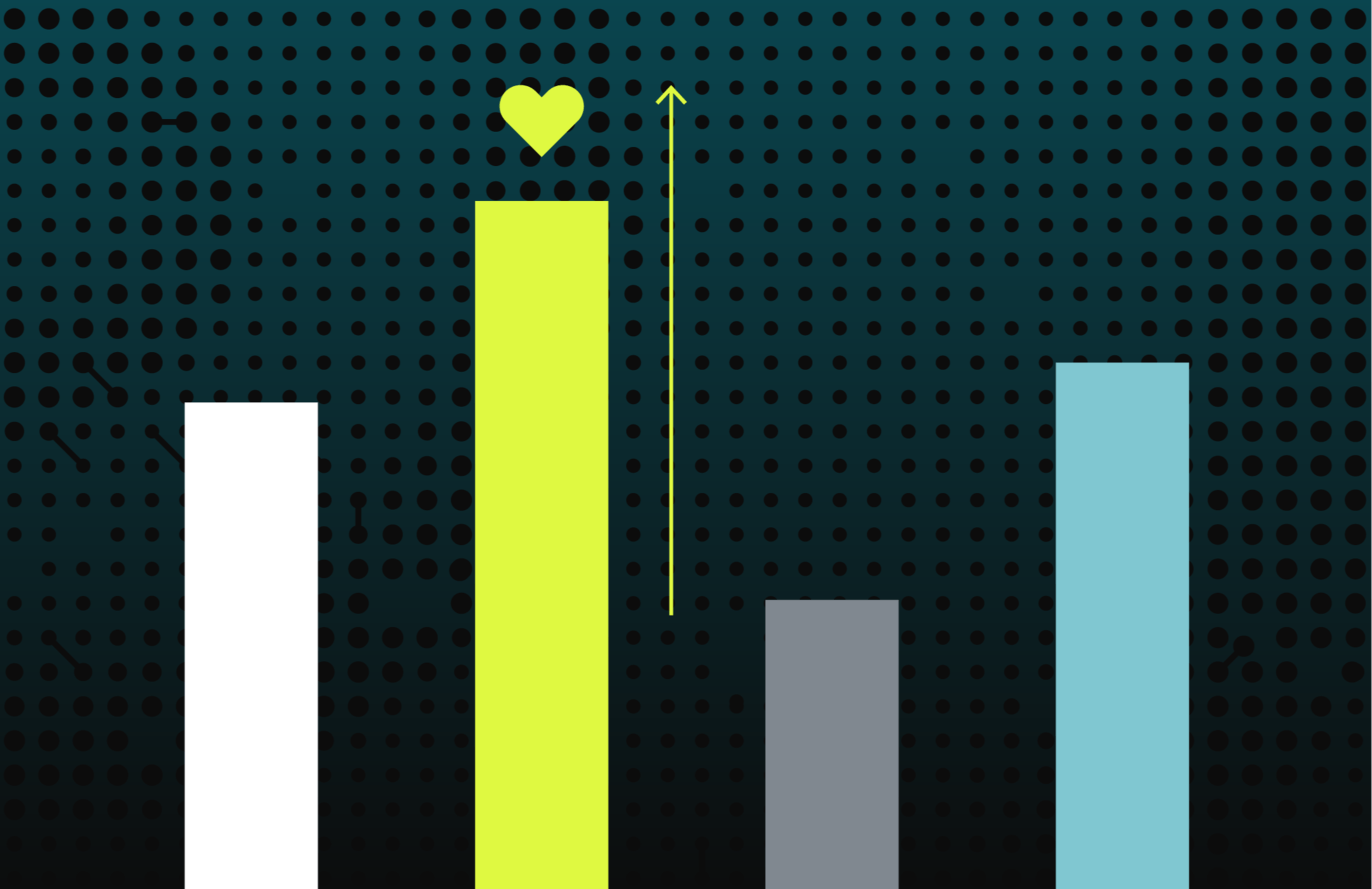Loyalty is the not-so-secret ingredient to running a successful consumer business. You’ve probably heard the stats: acquiring a new customer is five times more expensive than retaining an existing customer, and the top 5% of a brand’s customers account for up to 50% of revenue. That’s why an effective loyalty program can help get the most value from your customer relationships by giving customers incentive to come back again and again.
To build a winning loyalty program, brands need to understand their customers — that means having a clear picture of their preferences and their engagement history. Consumers want to feel like brands know who they are and what matters to them, and that shows through consistent personalized experiences and stellar service.
How a Customer Data Platform lays the foundation
To provide the level of excellence consumers expect, brands need accurate, comprehensive customer profiles — no small feat, considering the amount of data that companies collect every day. A Customer Data Platform (CDP) that unifies and makes sense of all this data provides the understanding marketers need to deliver personalized experiences at scale.
To put it in more concrete terms, a unified customer view lets you answer key questions about your customers that lead to a more effective loyalty program, for example:
How many customers you have
Who is enrolled in the loyalty program and who isn't
Who has the highest predicted lifetime value
What customer preferences and tendencies are
Being able to answer questions like these lets you formulate an approach to bring more people into the loyalty program as well as making the most of the relationships with the people who are already enrolled.
Beyond generating insights, you can feed these accurate, comprehensive profiles into activation tools for stronger results when it comes to personalization and messaging.
Increase loyalty membership
To entice customers to join your loyalty program, use the customer data you already have to personalize offers. Bump up the value proposition by offering exclusive benefits, discounts, and exclusive products based on customer preferences.
Once you have a baseline of customers enrolled, you can identify the most valuable ones and build lookalike audiences to find customers with similar characteristics.
You can also use your unified customer view to identify customers not currently in your loyalty program who have a high likelihood of joining (for example, high-value customers, mobile app users, people who engage frequently, etc.) and tailor offers to them.
Make the loyalty experience stand out
With customers enrolled and activated in the program, you have a golden chance to nurture them over time with special touches that help them feel a closer connection to the brand and grow into loyalty champions.
This means identifying key moments in their journey where you can make an impression: service interactions, a gift order, a program membership anniversary or birthday.
You also have an opportunity to bring your loyalty program to members across channels so that they're able to engage when and how they prefer.
Keep learning to stay on top
The work doesn’t stop once your loyalty program is full of active members. To keep evolving, brands have to stay up-to-date on customer’s shifting expectations. The good news is that loyalty members are great sources of information about what's working and what's not, since you tend to have more data on them from their frequent engagement.
Test and experiment with loyalty customers by debuting new products and services with them first. With the loyalty program as a springboard, brand leaders are able to get a feel of how other consumers will respond. Pro tip: always remember to include a hold-out group to measure incremental revenue.
The more you cater to loyal customers, the more they’ll engage, giving you more data and allowing you to improve personalization and relevancy at scale. A CDP that lets you create a unified customer view will place customers at the center of your business, allowing you to craft strategies and tactics based on customer behavior and speak to them like the individuals they are.
Learn more about how Amperity can boost the effectiveness of a loyalty program in our guide, Leveling-up Your Loyalty Program with a Customer Data Platform.
